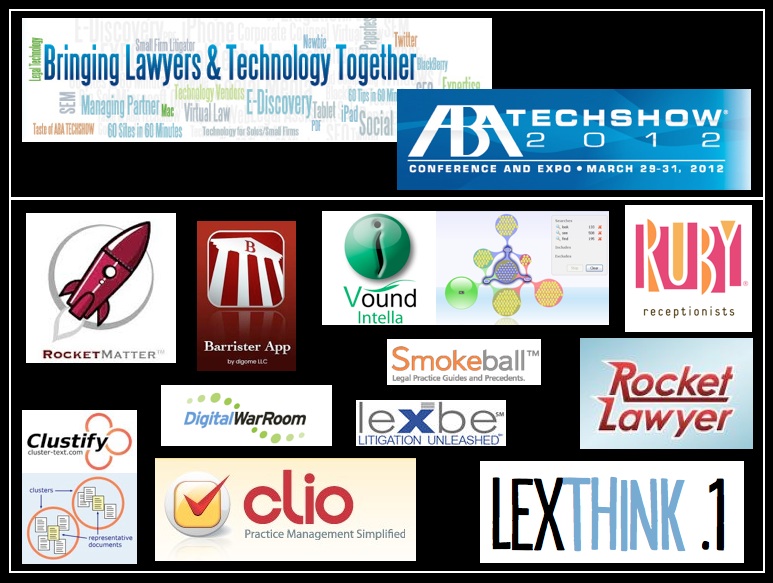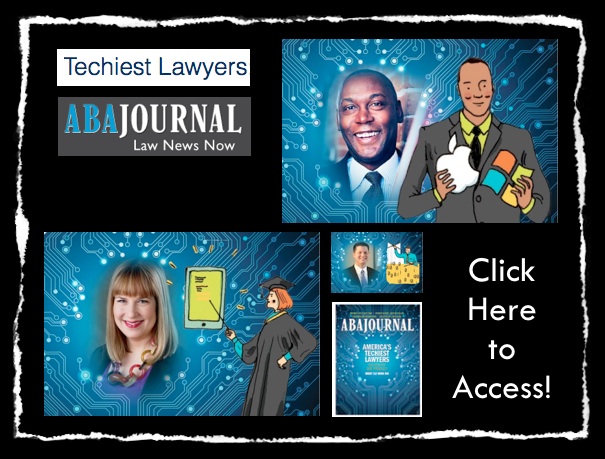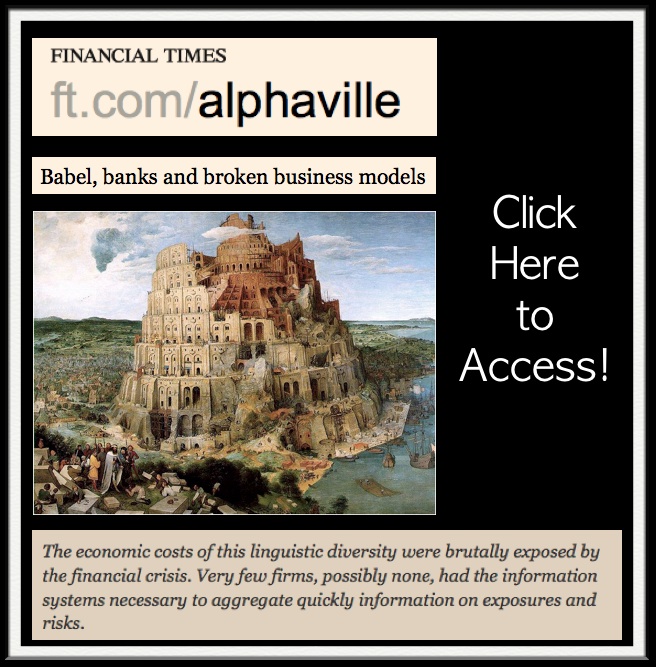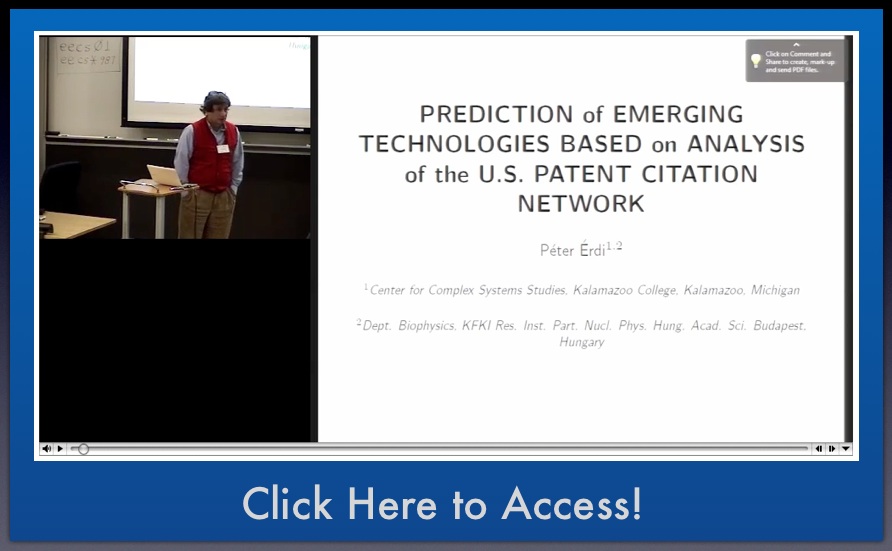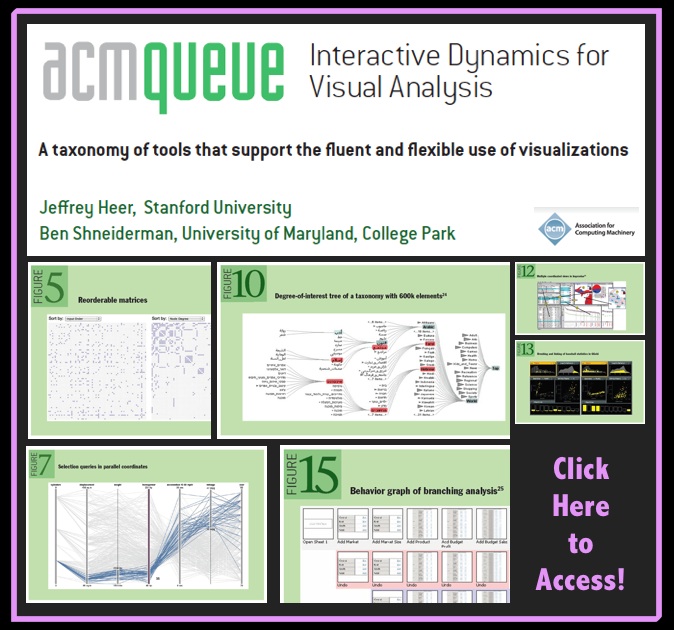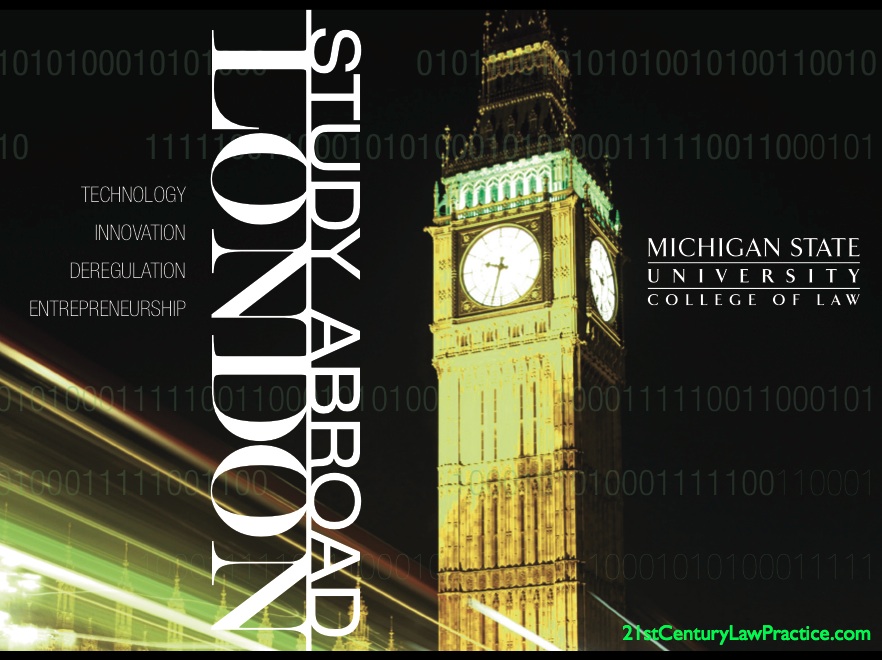Month: March 2012
Virginia Decoded – The Code of Virginia for Humans {49 States to Go}
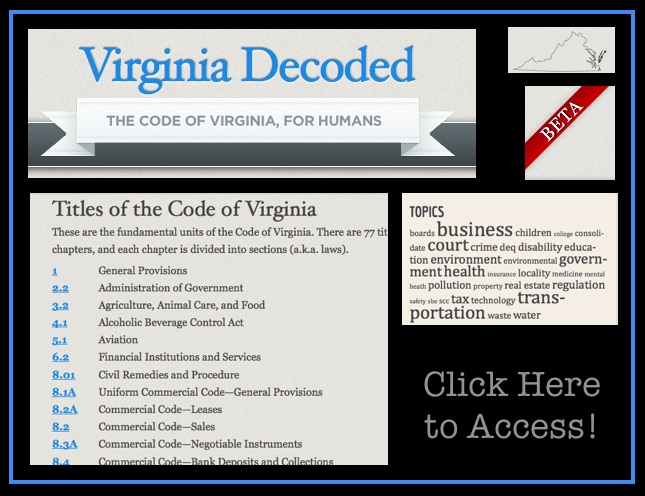 “Virginia Decoded is a private, non-governmental, non-partisan implemenation of The State Decoded, an open source project that provides a platform to display state-level legal information in a friendly, accessible, modern fashion. Virginia is the first state to deploy the software.
“Virginia Decoded is a private, non-governmental, non-partisan implemenation of The State Decoded, an open source project that provides a platform to display state-level legal information in a friendly, accessible, modern fashion. Virginia is the first state to deploy the software.
Virginia Decoded is currently in beta, which is to say that the site is under active development, with known shortcomings, but it has reached a point where it would benefit from being used by the general public (who one hopes will likewise benefit from it.) While every effort is made to ensure that the data provided on Virginia Decoded is accurate and up-to-date, it would be gravely unwise to rely on it for any matter of importance while it is in this beta testing phase.
Many more features are under development, including improvements to search, calculations of the importance of given sections of the code, inclusion of attorney generals’ opinions, Supreme Court of Virginia rulings, extensive explanatory text, social media integration, significant navigation enhancements, a vastly expanded built-in glossary of legal terms, Code download options, scholarly article citations, and much more.”
{HT: Legal Informatics Blog}
Machine Learning for Hackers – Published By O’Reilly Media [Drew Conway & John Miles White]
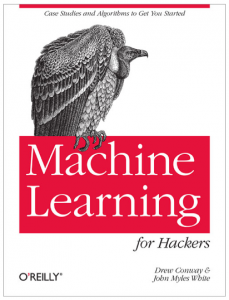 Below is the Table of Contents for the new book “Machine Learning for Hackers” by Drew Conway & John Miles White. Drew is a long time friend of this blog and we are very excited about his new book. My copy just arrived and I will be working through the book this summer (for potential inclusion in the 2013 edition of my Quantitative Methods for Lawyers Course and/or E-Discovery Course).
Below is the Table of Contents for the new book “Machine Learning for Hackers” by Drew Conway & John Miles White. Drew is a long time friend of this blog and we are very excited about his new book. My copy just arrived and I will be working through the book this summer (for potential inclusion in the 2013 edition of my Quantitative Methods for Lawyers Course and/or E-Discovery Course).
Here is the description: “Each chapter focuses on a specific problem in machine learning, such as classification, prediction, optimization, and recommendation. Using the R programming language, you’ll learn how to analyze sample datasets and write simple machine learning algorithms. Machine Learning for Hackers is ideal for programmers from any background, including business, government, and academic research.” Check it out!
TOC ML4Hackers
Prediction of Emerging Technologies Based on Analysis of the U.S. Patent Citation Network [ via Peter Erdi and UMich EECS ]
Dr. Peter Erdi is one of the leading scholars studying the path of innovation as revealed through the U.S. Patent Citation network. Above is his most recent talk – Prediction of Emerging Technologies Based on Analysis of the U.S. Patent Citation Network
For some of his additional work please see:
Patent Citation Networks Revisited: Signs of a Twenty-First Century Change?, North Carolina Law Review (2009).
Modeling Innovation by a Kinetic Description of the Patent Citation System, Physica A (2007)
Law and the Science of Networks: An Overview and an Application to the ‘Patent Explosion’, Berkeley Technology Law Journal (2007).
[Note: Load Time for the Video above is a bit slow]
Interactive Dynamics for Visual Analysis (By Jeffrey Heer & Ben Shneiderman)
From the Abstract: “The increasing scale and availability of digital data provides an extraordinary resource for informing public policy, scientific discovery, business strategy, and even our personal lives. To get the most out of such data, however, users must be able to make sense of it: to pursue questions, uncover patterns of interest, and identify (and potentially correct) errors. In concert with data-management systems and statistical algorithms, analysis requires contextualized human judgments regarding the domain-specific significance of the clusters, trends, and outliers discovered in data.
Visualization provides a powerful means of making sense of data. By mapping data attributes to visual properties such as position, size, shape, and color, visualization designers leverage perceptual skills to help users discern and interpret patterns within data. A single image, however, typically provides answers to, at best, a handful of questions. Instead, visual analysis typically progresses in an iterative process of view creation, exploration, and refinement. Meaningful analysis consists of repeated explorations as users develop insights about significant relationships, domain-specific contextual influences, and causal patterns. Confusing widgets, complex dialog boxes, hidden operations, incomprehensible displays, or slow response times can limit the range and depth of topics considered and may curtail thorough deliberation and introduce errors. To be most effective, visual analytics tools must support the fluent and flexible use of visualizations at rates resonant with the pace of human thought.
The goal of this article is to assist designers, researchers, professional analysts, procurement officers, educators, and students in evaluating and creating visual analysis tools. We present a taxonomy of interactive dynamics that contribute to successful analytic dialogues.” [HT: Flowing Data]
Technology, Innovation, Deregulation and Entrepreneurship – 21st Century Law Practice London Summer Program – Michigan State University College of Law — The Future is Today!
Program admissions are rolling and applications are due no later than March 25, 2012. Given that space in the program is limited, applicants are encouraged to submit their application as soon as possible. APPLY HERE!
If you know someone who might be interested in this exciting new program — please help us spread the word. Any student at an ABA Accredited law school is encouraged to apply.
For those who have already applied – please note we will be sending out the first round of acceptances to the program in the next few days.
Program Description:
“The MSU / Westminster 21st Century Law Practice London Summer Program is a first of its kind, intensive study of technology, innovation, regulation, entrepreneurship and the international legal marketplace. With the deregulation of lawyers in the United Kingdom and the outgrowth of alternative legal services delivery models, London is poised to become the global leader in the legal services market. Our program will educate students about these new delivery models and help prepare students for the technology infused law jobs of the 21st Century.”
Educational Objectives:
(1) Provide students a comprehensive understanding of the market for legal services as it transitions to a global legal supply chain in the wake of deregulation, economic pressures, and technological innovation.
(2) Prepare students to become practice-ready entrepreneurial lawyers who can leverage information technology in order to operate more efficiently and thereby attract (and retain) clients.
(3) Inspire students to think broadly about future delivery of legal representation and access to justice by exposing them to the innovative legal service delivery models and platforms of the present (and not-too-distant future).
Courses for the 2012 Program:
Legal Information Engineering & Technology – The increasing role of legal information technology in the law practice of today (and the not too distant future) will be highlighted in this course. Students will be exposed to a number of emerging approaches in legal automation, process engineering, informatics / ‘soft’ artificial intelligence (e-discovery, automated document generation), supply chain management, and quantitative legal prediction.
21st Century Law Practice – This course will provide students with an overview of the practice challenges facing lawyers in the 21st century, including economic pressures, technological advancements, increased globalization, international deregulation, and access to justice concerns (for example, reading the work of Richard Susskind, Thomas Morgan, and others). Building upon this background, the course will then explore a set of case studies to examine a variety of innovative new legal services delivery mechanisms and businesses in the US and the UK, such as Axiom, LawVest, Lawyers2You, LegalZoom, QualitySolicitors, Rocket Lawyer and others that have been created in anticipation of (or in some cases in response to) these practice challenges. Students will critically assess these legal service providers, and will reflect upon how lawyers and regulators should respond.
The Legal Services Act and UK Deregulation – Students will study the history and impact of the Legal Services Act and deregulation of the profession in the UK with a focus on how the resulting innovations (both regulatory changes and new legal services delivery mechanisms that follow) might be exported to the United States. Also encompassed in this course will be a comparative overview of American and British law governing lawyers and law practice, along with emphasis on globalization pressures faced by the legal profession.

